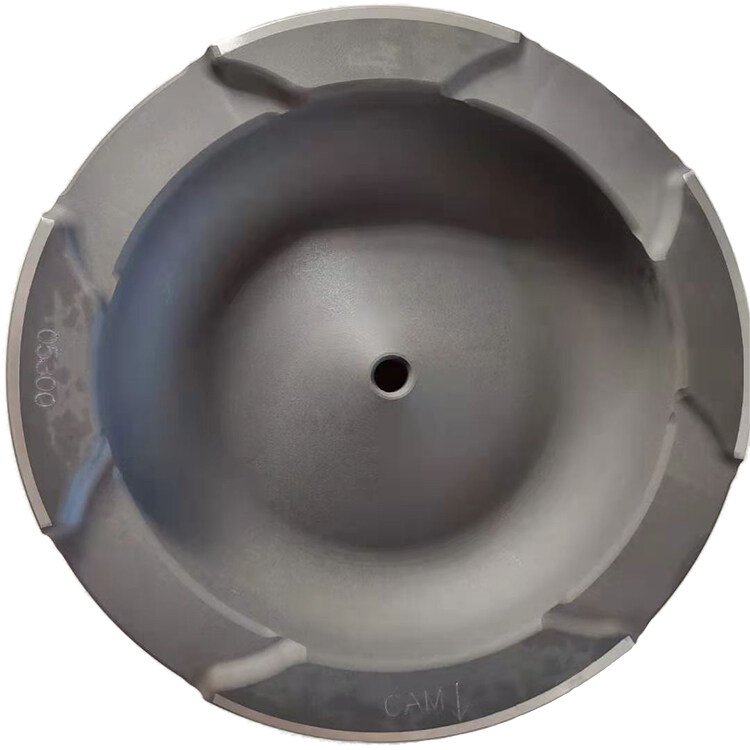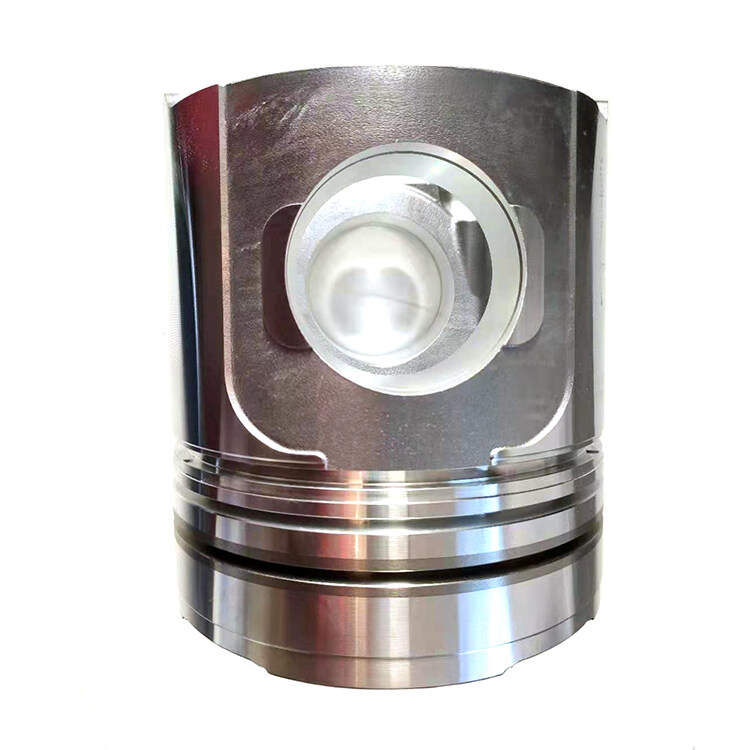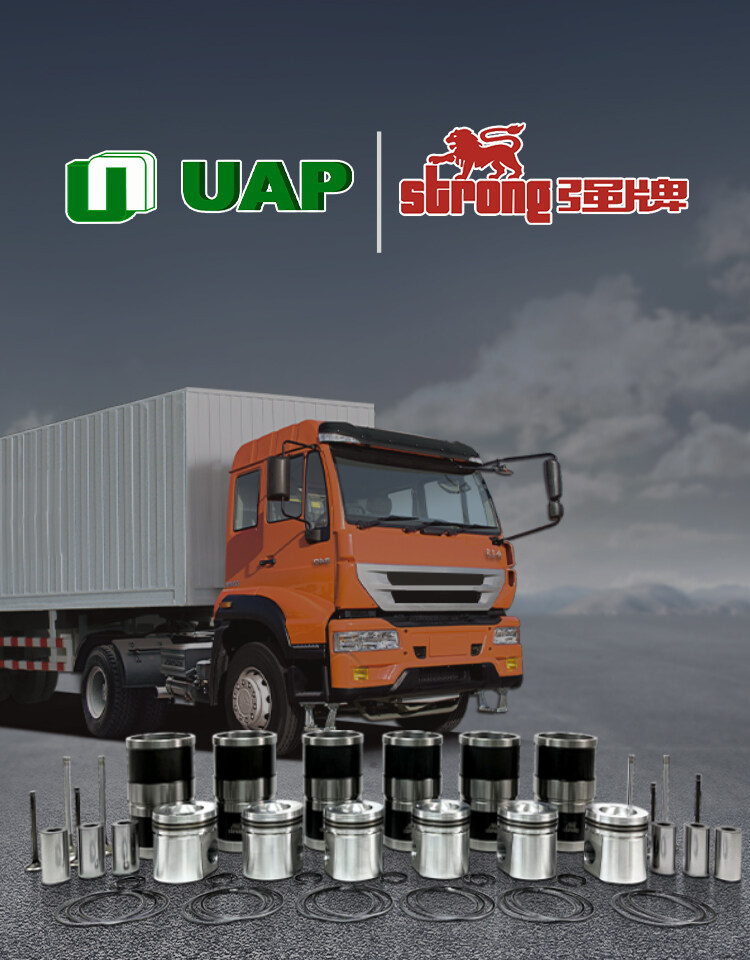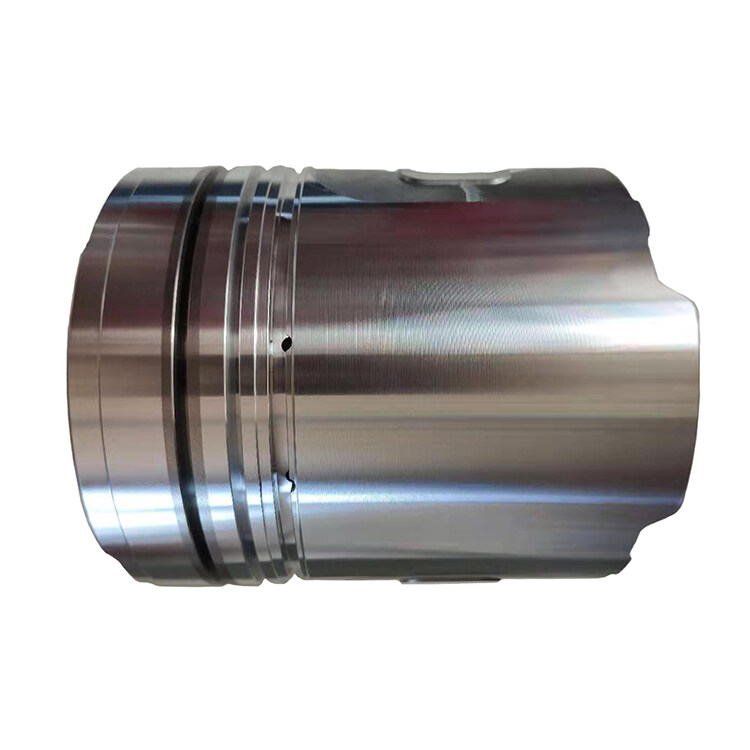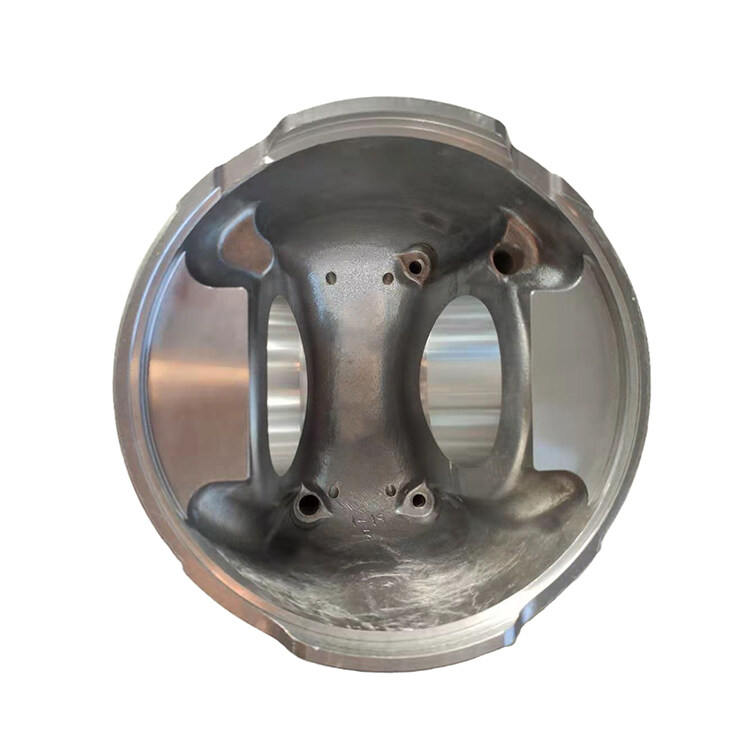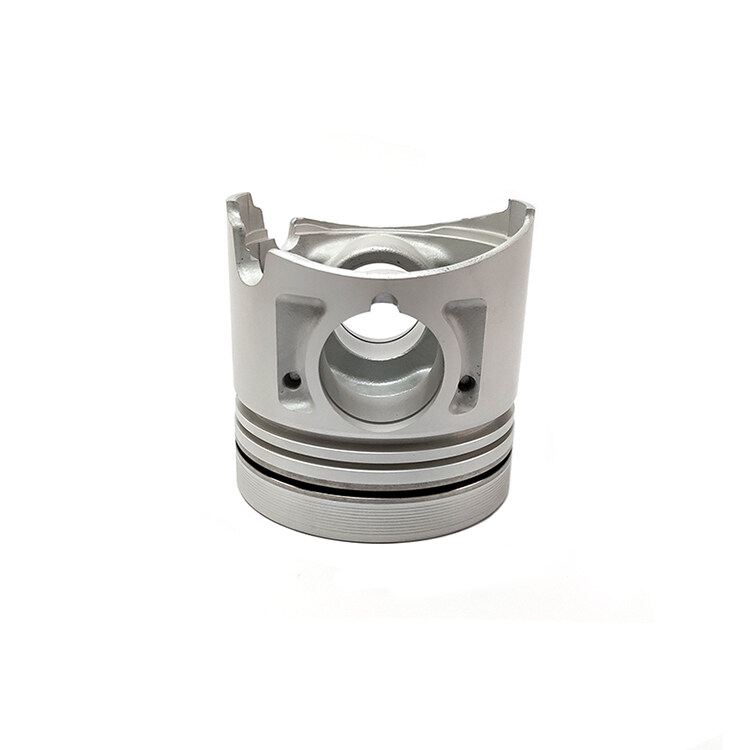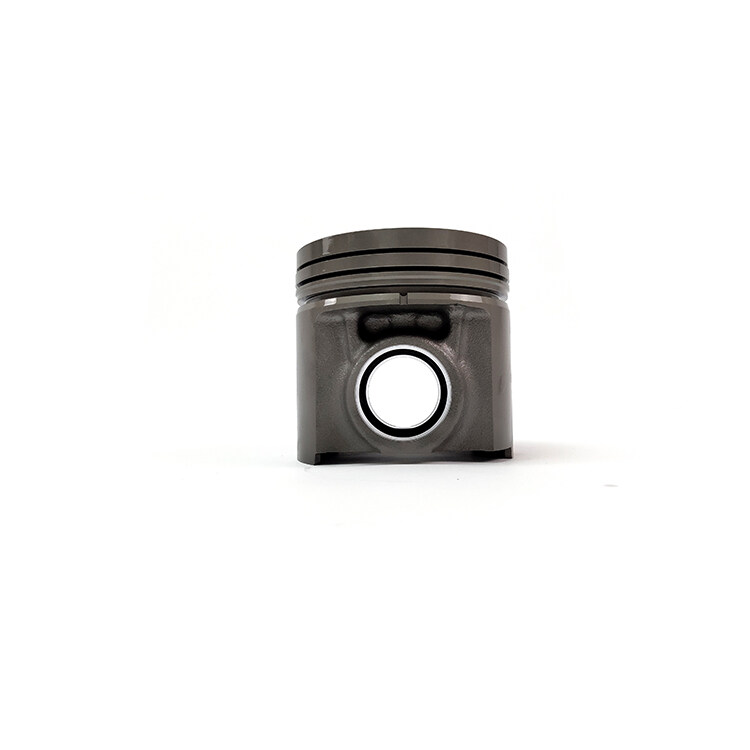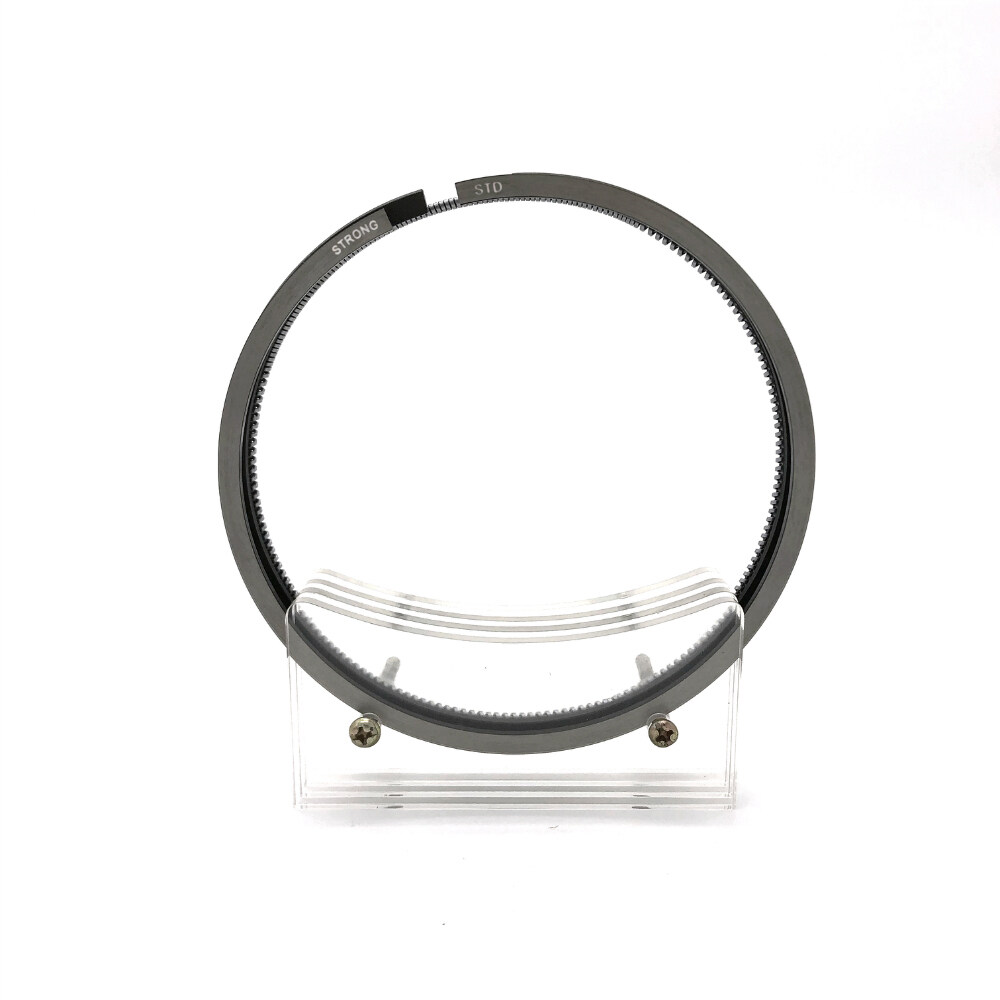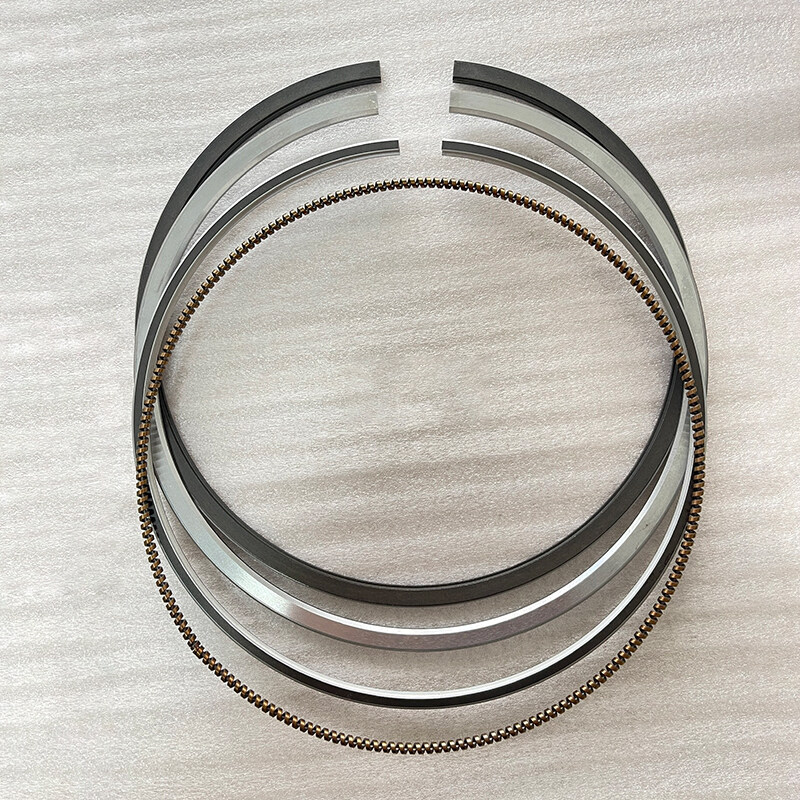Email format error
Email cannot be empty
Email already exists
6-20 characters(letters plus numbers only)
The password is inconsistent
Email format error
Email cannot be empty
Email does not exist
6-20 characters(letters plus numbers only)
The password is inconsistent

6 Cylinder 170mm SR2 Diesel Engine Piston
A piston is a mechanical device designed to move up and down in order to compress gas, creating pressure. This pressure creates heat, which is then used to produce mechanical work.
The top of the piston in a diesel engine features a large and deep pit with a conical protrusion in the middle, which is an essential component of the combustion chamber. This design ensures the proper combustion of diesel fuel in the engine. The large and deep pit also provides ample space for the fuel injector to spray, atomize, vaporize, and burn the diesel fuel effectively.
Big Thickness:
The reason for the thicker piston in a diesel engine is due to the higher compression and burning temperatures compared to gasoline engines. A thicker piston is necessary to withstand the high pressure and temperature. If the piston is too thin, it may deform or burn due to the extreme conditions, which can affect the engine’s normal operation. Additionally, a thicker piston increases the surface area, allowing for better heat dissipation. This is crucial because diesel fuel burns at a very high temperature, and the design of the piston helps to maintain a stable temperature and prevent deformation or burning.
High Strength:
The piston is a crucial component of an engine, and reducing its weight is essential to decrease the engine’s inertial load and increase its power density. High-strength materials can provide the necessary strength while also reducing the piston’s weight. Additionally, the piston needs to have sufficient wear resistance to withstand the friction against components such as the cylinder block and piston ring during engine movement. Anti-corrosion properties are also necessary to prevent long-term exposure to diesel oil from corroding the piston and affecting the engine’s normal operation.
Special Design:
The design of diesel engine piston is unique because the piston top is designed with a protruding conical structure to form the combustion chamber, ensuring uniform combustion and improved fuel efficiency. And the diesel engine pistons typically have three or more piston rings to ensure proper sealing and lubrication, reducing fuel leakage and oil entering the combustion chamber, thereby improving engine efficiency and lifespan. Then the bottom of the piston is designed with a protruding structure to connect the piston pin and connecting rod, ensuring stable piston movement and reducing vibration and deformation, thereby improving engine stability and lifespan.
Product Parameter:
|
Product Name |
Engine Piston |
|
Application |
Diesel Engine Parts |
|
OEM Number |
37517-05300 |
|
Car Number |
Mitsubishi |
|
No. of Cyl. |
6 |
|
Bore Dia. |
170.0mm |
|
Engine |
S6R2 |
|
Condition |
100% Brand-new |
|
Warranty |
6 Months |
|
Packing |
Neutral Packing |
|
Application Industries |
Machinery Repair Shops, Construction Works, Energy & Mining |
|
Application |
Marine, Auto, Generator Engine Use |
A piston is a mechanical device that moves upward to compress gas and downward due to explosion in a cylinder in order to transform heat energy into mechanical work.
A piston follows a cyclical process for the continuation of the heat converting process. the process is achieved in three ways:
1.Providing heat to the gas inside the cylinder for the useful work
2.Removing heat from the cylinder in order to decrease the pressure, so that the gas can easily be compressed.
3.Applying work to the piston when it’s in its initial state, ready to perform the cycle again.
Types of pistons
Below are the three types of pistons:
Dish pistons: a dish piston is shaped like a plate with a slightly curling up outer edges. It easy and simple as well as giving fewer issues to engineers. It’s often used in boosted applications that do not require a high-lift camshaft or high compression rate.
Flat-top pistons: the flat-top type of piston has a flat top. It has the smallest amount of surface space, giving the chance of creating the most force. It’s perfect for creating efficient combustion.
The flat-top pistons create a high explosion in the chamber, but compression might be too much for smaller combustion chambers.
Dome pistons: the concept of dish pistons is quite opposite to the dish type. The middle bubble in order to increase the surface area left on the top of the piston. Well, more surface area means less compression, while more compression indicates more force created.
The combustion chamber has an upper limit it can handle, so reducing the compression rate is the best option from preventing the engine from breaking down.
Common Piston Problem
The problem piston develop is nothing less than crack. This crack occurs on the top of a piston head which is known as a crown. It is usually caused by excessive compression or over advanced ignition timing as a result of combustion pressure in petrol engines. The piston head cracks because it operates outside the pressure is supposed to work on.
In a diesel engine, piston develops issues by a condition known as thermal fatigue. Thermal fatigue occurs when an engine is operated under heavy load along with the light load. This constant drastic changes in combustion temperature suddenly result in thermal cracks of the piston head.
Crack also happen in the piston skirt due to the constant excessive loading of the engine and high mileage fatigue. In some situation, the piston design is the cause. Most time manufacturer corrects the later by supplying a superseded part.
Piston skirt can still crack at the early stage of a repaired engine when the piston is not properly fitted to rods. This causes stress fractures, which cause a serious crack to the skirt.
For more information about S6R2 piston, please kindly contact us at any time, we are glad to answer for you. If you want to order in quantity, hope that we will be your best choice.
The best price and service are waiting for you.
